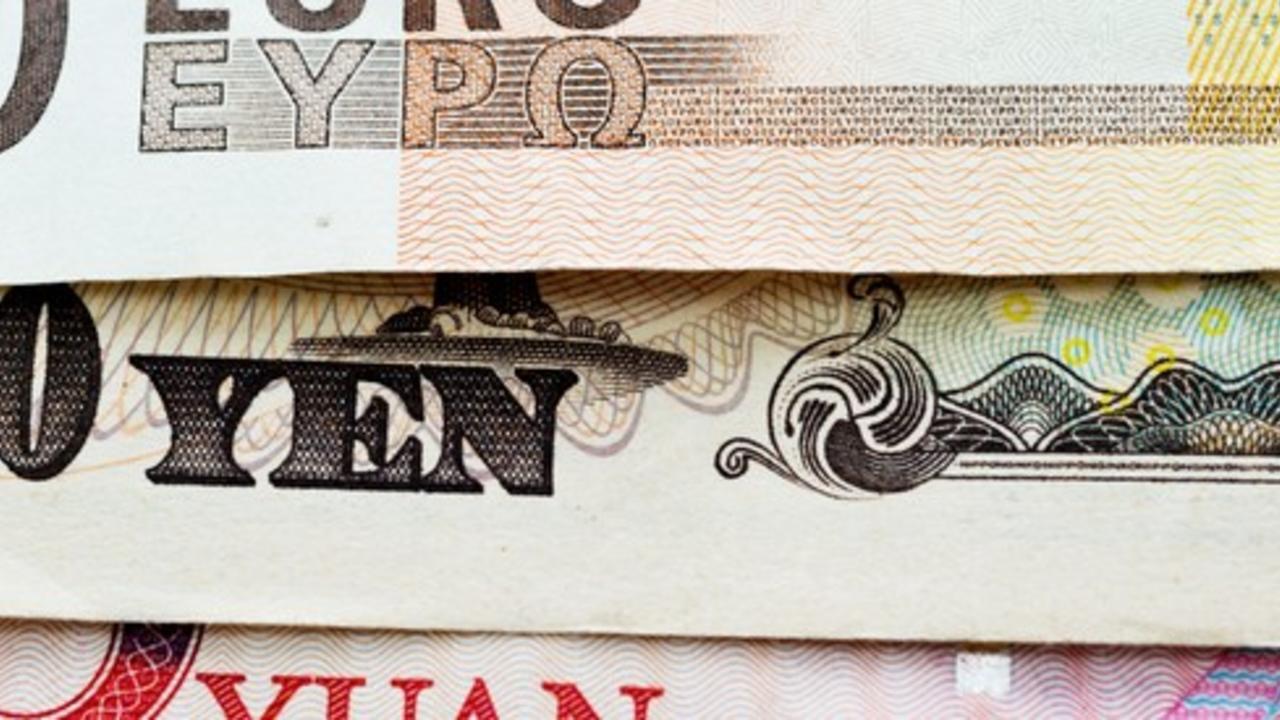Money Talks
May 10, 2019
Patti P. Phillips, Ph.D., Chief Executive Officer ROI Institute, Inc.
In the February 1, 2017, Wall Street Journal, a travel agency catering to small business ran a blog-like advertisement describing the monetization of assets and behaviors. Its topic is the monetization of microflexibility.
Monetization of assets, ideas, data, and behaviors is not a new phenomenon. This is true even within organizations as they roll out new, innovative programs that enable employees to perform at a higher level than in the past. While only 32 percent of respondents to the 2016 i4cp/ROI Institute study, "The Promising State of Human Capital Analytics", report pursuing people analytics projects that include converting benefits of such programs to money, 69 percent report pursuing projects that include conducting impact and ROI studies. ROI studies require the conversion of benefits to money.
So why the interest in monetization in the context of programs and projects that enable and support people?
Money talks.
Money tells a compelling story.
Presenting information in vague terms can be interesting. Communicating a message that reflects profit, cost savings, or cost avoidance is compelling. People ‘get’ money. They can relate to it because money makes the world go around.
Money normalizes measures.
Converting measures to money normalizes measures so we can make comparisons across investments. It allows us to compare program benefits to program benefits. It is difficult to compare program benefits when they are all different. Money normalizes those benefits so they are all the same unit of measure.
Money describes economic value add.
Because monetization normalizes benefits to the same unit of measure as the program costs (money), we can calculate an ROI. ROI demonstrates what an organization gains by investing in a program over and beyond that investment.
Money demonstrates the magnitude of an opportunity or a problem.
Money describes in a single figure the magnitude of a problem or an opportunity. For example
An organization employs 200 chemical engineers paid on average $110,000 per year (including benefits). Research indicates the cost of turnover ranges from 200% to 400% of salary. To keep it conservative, we will use 200% as the basis for the calculation. The annual turnover rate of this position is 17.5%. To determine the payoff opportunity for addressing turnover, look at it through a monetary lens.
- Unit of measure: 1 chemical engineer paid $110,000 per year
- Value of the measure: 200% salary or $220,000 per departure
- Current turnover rate: 5%
- 200 chemical engineers
- 35 leaving each year
- Cost of turnover: 35 x $220,000 = $7,700,000
By converting a measure (in this case turnover) to money, it is easy to see the benefits of investing in a solution and the cost of doing nothing.
Money speaks to stakeholders.
When those people funding programs realize the cost of some programs, they react by cutting funds. When they see the contribution of programs in terms of money, they are more likely to support it and allocate funds to it. Nothing speaks louder to an executive than money – whether the organization is making it, saving it, avoiding it, or spending it. Money talks.
Consider this:
Think about an expensive, high profile program that is aligned with operational goals of the organization. How can you position that program to help the organization make money, save money, or avoid cost?

